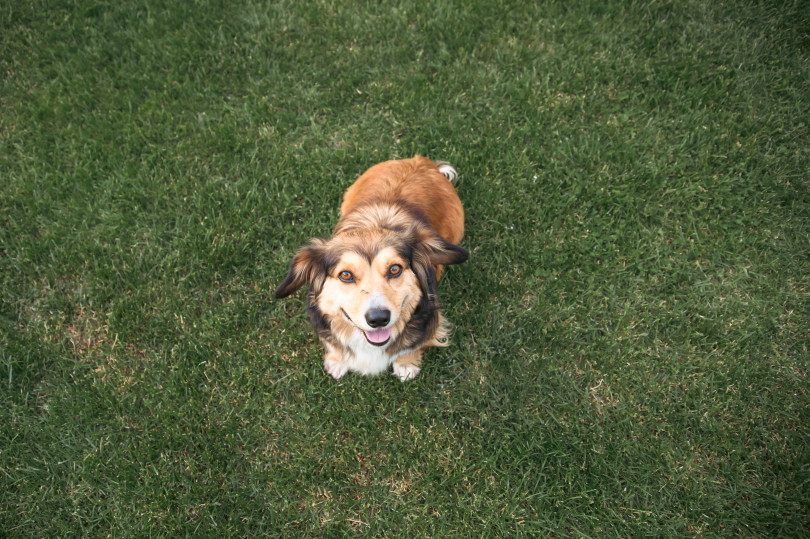Pet Waste and Your Lawn: What’s Really Going On Out There?

If you share your yard with a furry friend, chances are your lawn has a few not-so-pretty patches. Those dead spots? They’re not just nature’s way of giving you polka-dot grass—they’re your dog’s not-so-subtle calling cards.
Why Does Pet Waste Damage Your Lawn?
Let’s get right to the dirty details: pet urine, especially from dogs, can wreak havoc on your grass. It's not personal—it's chemical.
Dog urine is packed with nitrogen, urea, and salts. While a little nitrogen is great for your lawn (hello, fertilizer), too much in one spot acts like a blowtorch to your grass. That’s why you’ll often see yellow or brown spots surrounded by super-green halos—it’s a literal case of too much of a good thing.
To make matters worse, dogs (bless their habits) often pick a favorite potty zone. Repeated exposure in one spot? That’s when your grass starts waving the white flag. This is known as “nitrogen burn,” and it’s especially harsh in compact or clay-heavy soils where moisture and waste don’t drain quickly.
Quick Lawn Lore: Female dogs tend to cause more noticeable spots than males—not because they mean to, but because they typically squat in one place, delivering a direct hit every time.
What About Pet Poop?
Dog poop might not burn your lawn like urine, but it’s still a problem. Not only is it messy (you already knew that), it can also harbor bacteria and parasites—bad news for your family, garden, and local waterways. According to the EPA, dog waste is officially considered a pollutant.
Translation: it’s not just gross. It’s toxic.
How to Prevent Pet Damage to Your Lawn
1. Follow with Water: When your dog does their business, hose the spot down to dilute the nitrogen. It’s not glamorous, but it helps.
2. Scoop That Poop: Pick it up promptly. The longer it lingers, the more time it has to leach into your soil—and possibly your shoes.
3. Create a Designated Bathroom Zone: Train your pup to use one specific area. Bonus points if it’s covered with gravel or mulch.
4. Ditch the Fertilizer (for now): Fertilizing already burned areas? That’s doubling down on destruction. Instead, consider compost to boost organic matter and improve drainage.
5. Look Into Supplements: Some pet supplements, like GrassSaver, claim to adjust your dog’s urine to be more grass-friendly. Results vary, but it might be worth a try.
Fixing the Damage
If your lawn’s already sporting the tell-tale spots, don’t worry—it’s fixable.
-
Reseed the area: Prep the soil, toss on some seed, and keep it moist until it takes.
-
Sod over the dead zones: A quicker solution if you’re short on patience.
And if neighborhood dogs are treating your yard like a public restroom, you may need to take some protective steps or—better yet—give us a call.
We’re Here to Help
At The Lawnsmith, we know pet-related lawn woes are no joke. Whether you’re dealing with a few brown spots or a full-blown turf tantrum, our team can help restore your yard to lush, green glory. Get in touch and let us bring your lawn back to life—no judgment, just great grass.


